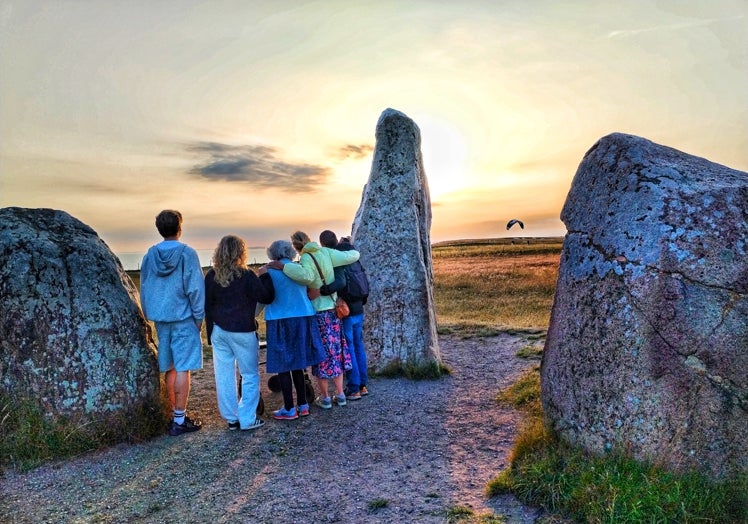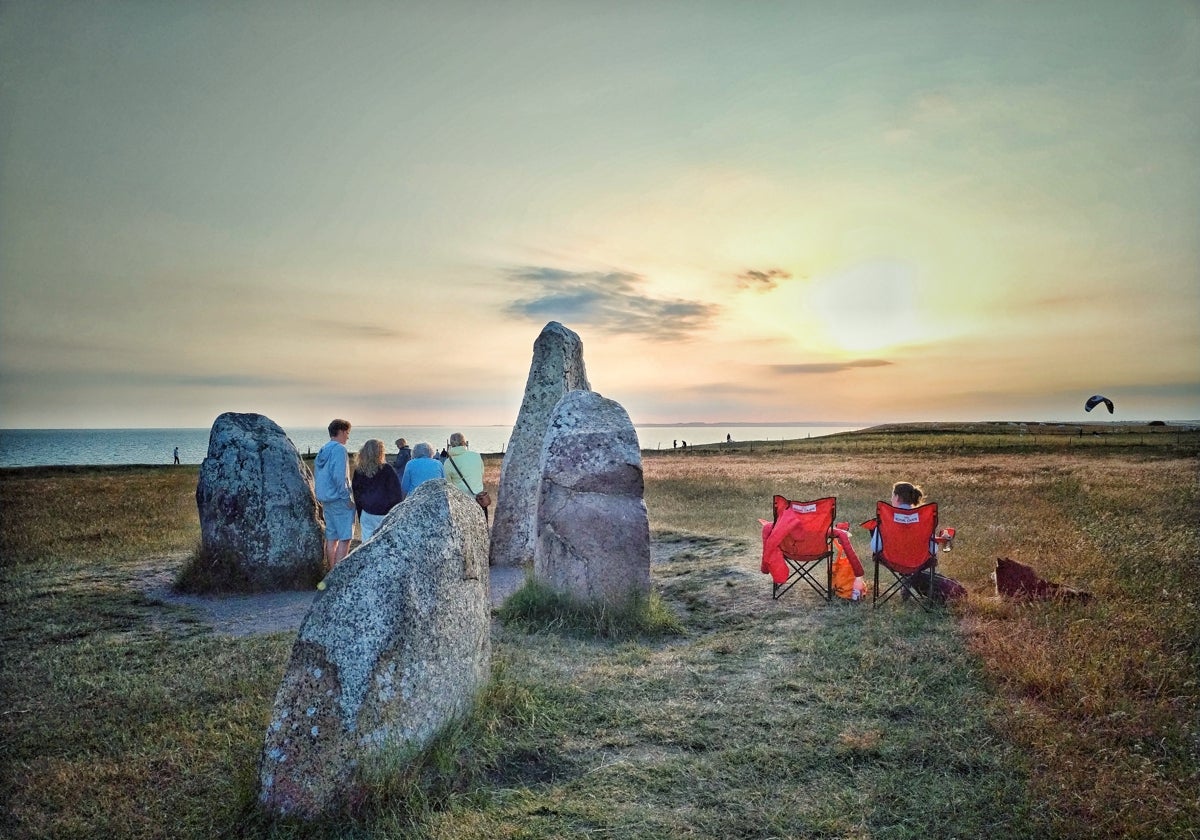Sweden’s stonehenge for the summer solstice
While the beaches of the Costa del Sol become the main venues to celebrate the eve of San Juan, there are unique enigmatic places in Europe that attract people precisely on the summer solstice. One of them is Ales Stenar, located in the very south of Sweden
Alekk M. Saanders
Malmö
Monday, 23 June 2025, 14:26
There is evidence that the summer solstice has had important cultural significance since the Neolithic period. Many ancient monuments in Europe, as well as in the Middle East, Asia and North and South America are located according to the rising or setting of the sun on the day of the summer solstice. Sweden has its own mystical monument from the Early Iron Age, located in the Kåseberga harbour in the municipality of Ystad.
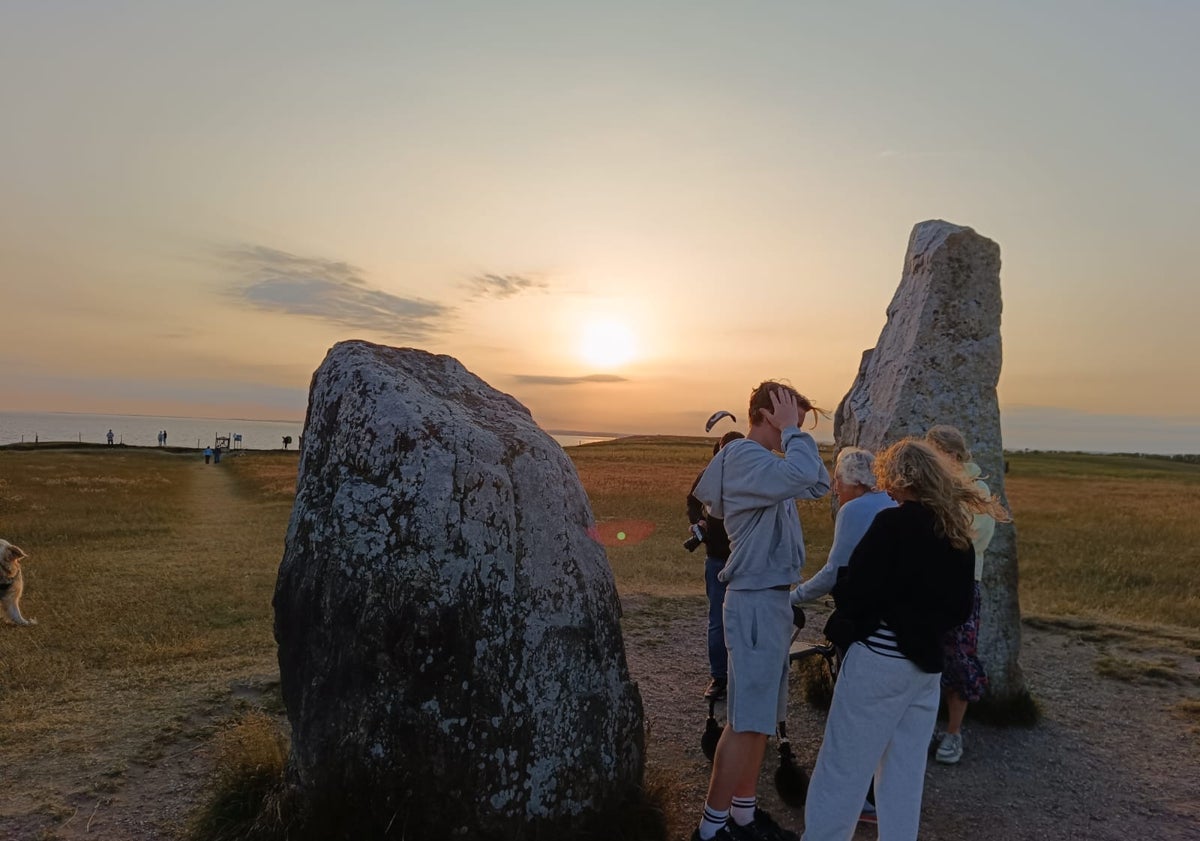
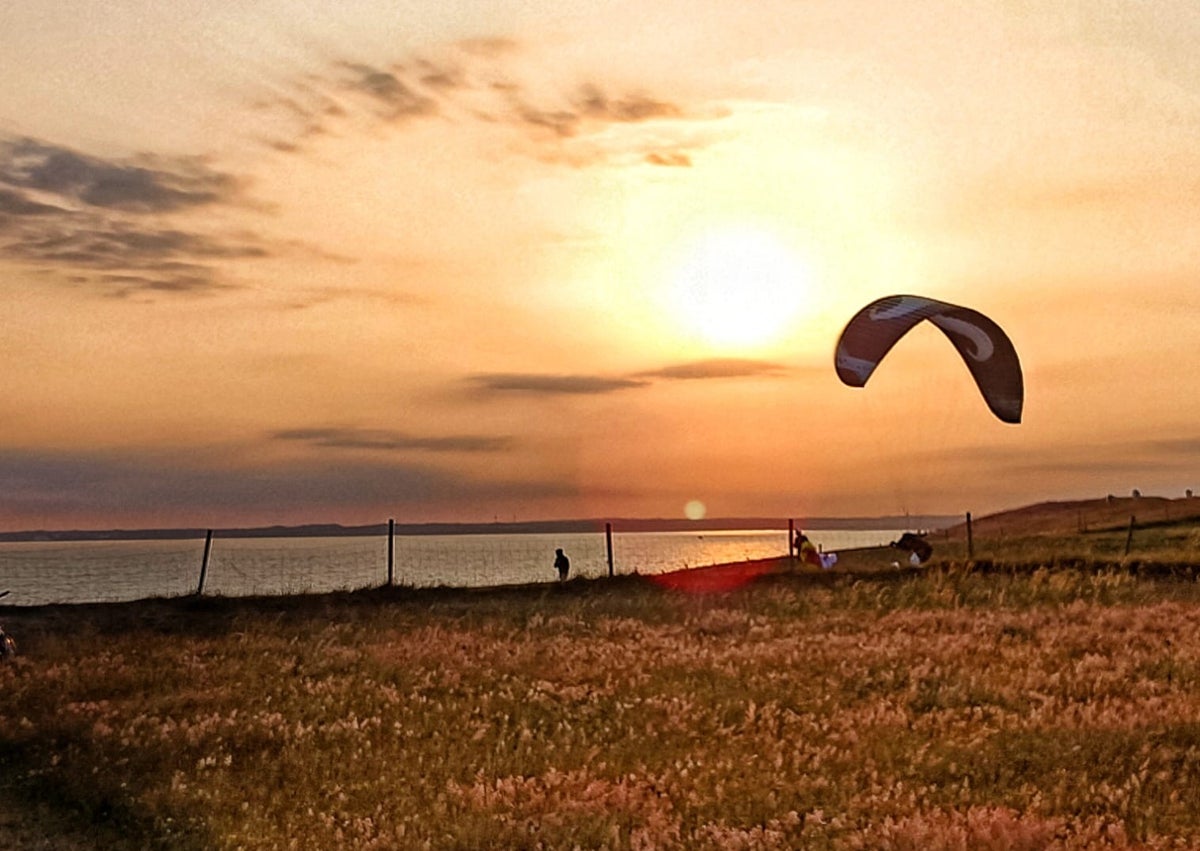
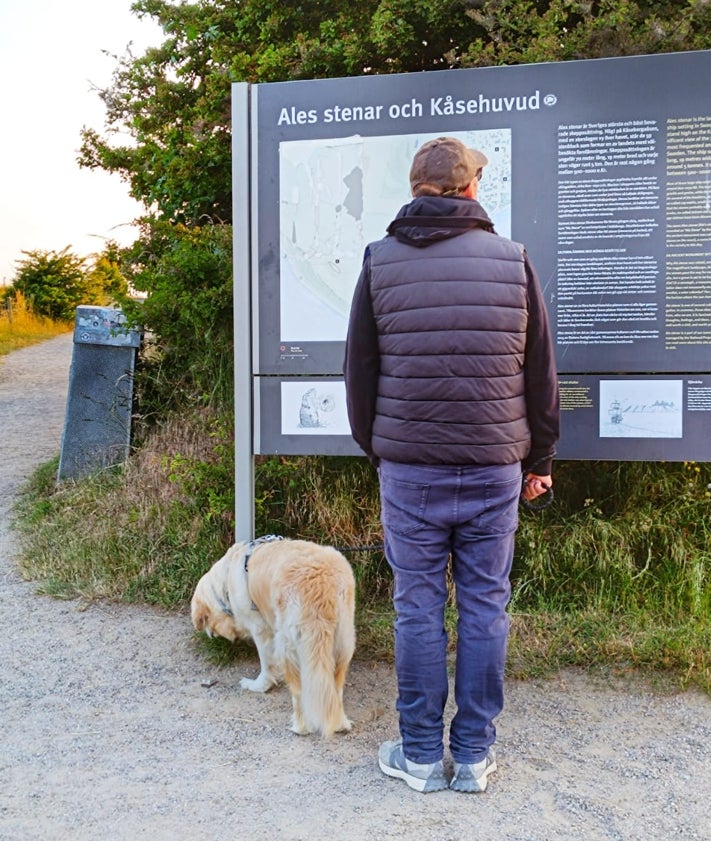
The so-called Ales Stenar (Ale’s Stones) consist of 59 massive boulders arranged in a circle with a 67 metre circumference. Archeologists think that they were erected around 1,400 years ago
The so-called Ales Stenar (Ale’s Stones) consist of 59 massive boulders arranged in a circle with a 67 metre circumference. The archeologists think that they were erected around 1,400 years ago on green hills in the typically flat landscape. Over 800 thousand people visit the site every year. One of those thousands this year was Juanjo from Huelva, who travelled to Ystad to experience the longest days and the shortest nights, and visit Ale’s Stones.
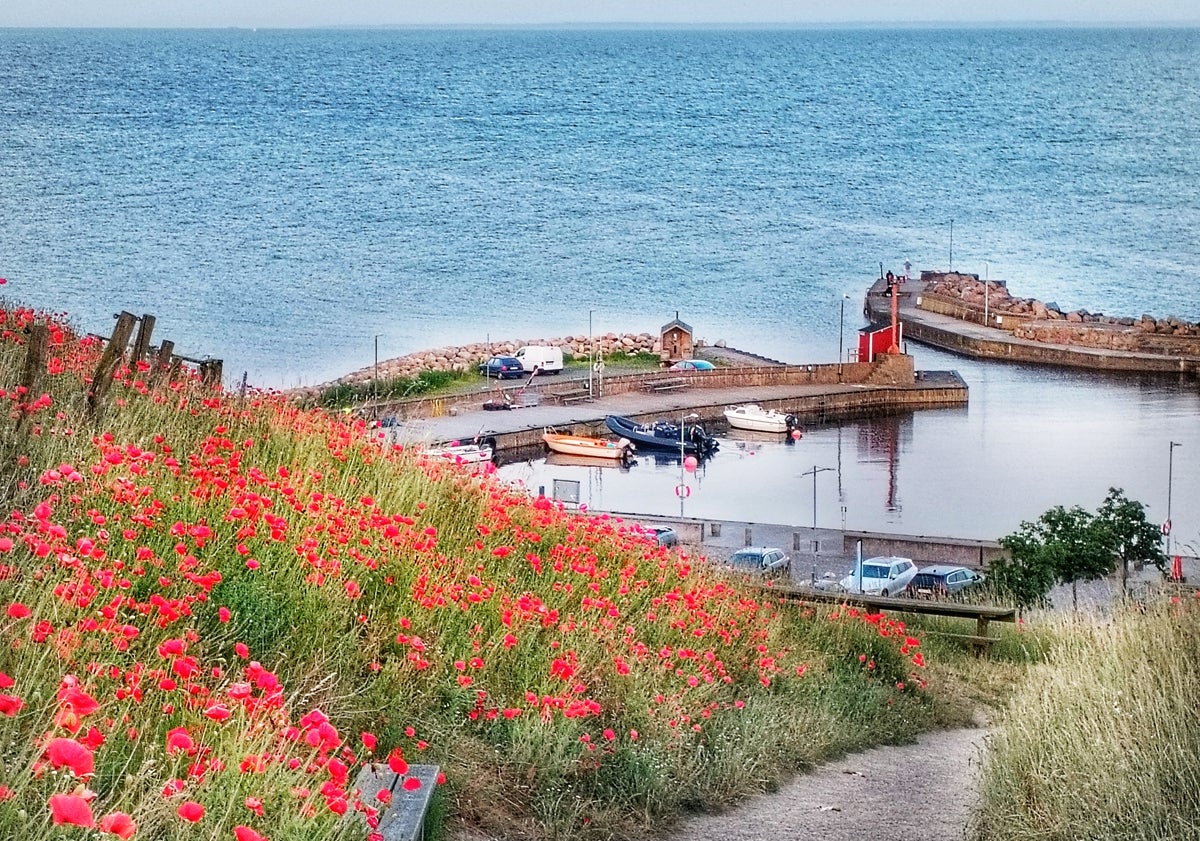
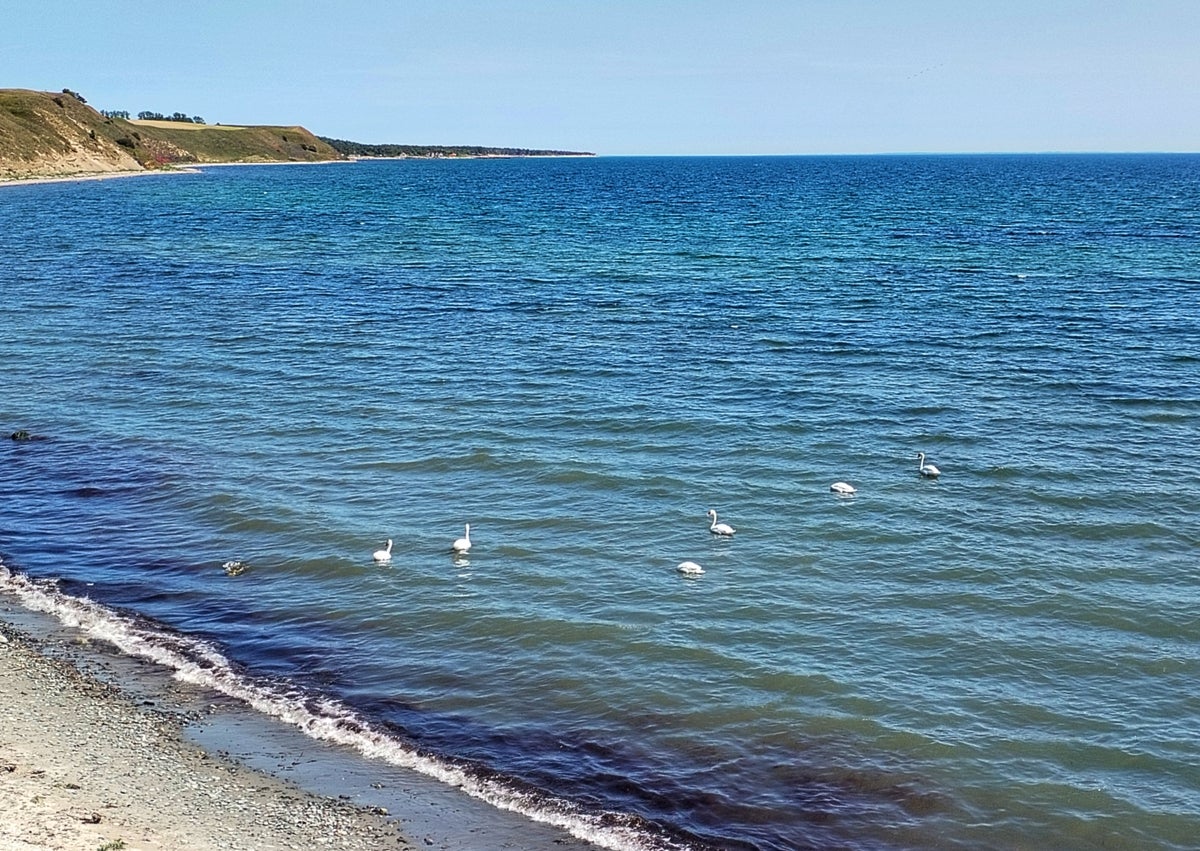
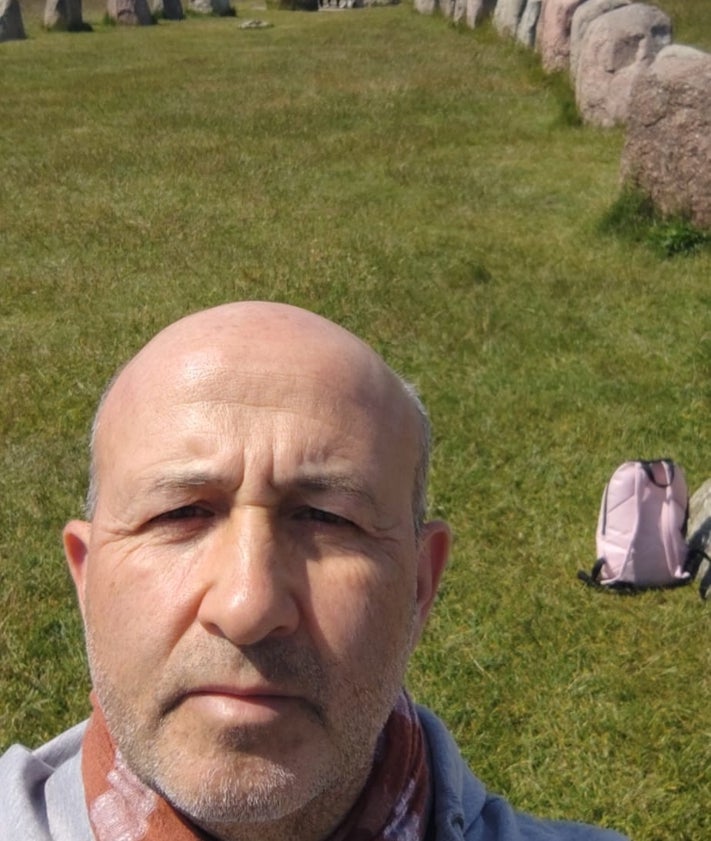
"The 24 June was already in the Roman calendar and was the date of the summer solstice. So it's no surprise that Spain celebrates San Juan vigorously. Knowing that in Sweden Midsummer is a very popular holiday, I decided to come and observe the peculiarities of the celebration. The biggest difference is the following… While in Andalucía people gather together on the beach for a huge folk party, in Sweden people invite friends and relatives to celebrate around the table or at a barbecue in the garden. so, the only option for a foreigner like me not to be alone was to go to the Ales Stenar where on 21 June, many people gather. I read here on the information board that Ales Stenar is considered a special astrological site like the world-famous Stonehenge or Warren Field in Aberdeenshire. It is interesting that both in England and Sweden, some scholars believe it is a funerary monument, others believe it is an ancient astronomical clock, as the stones are arranged in such a way that the sun sets in the north-west corner in summer and rises exactly in the opposite corner in winter," Juanjo told SUR in English.
The first to celebrate this year
This year Swedish people have already celebrated their so-called Midsommar. Although astronomically the summer solstice falls on 20, 21 or 22 June in the Northern Hemisphere, festivities are traditionally celebrated on 23/24 June in most of Europe, but not in Sweden, where, since 1953, Midsummer Day has fallen on the Saturday between 20 and 26 June, but as usual in Sweden, the actual celebration takes place the day before. So it's always the Friday between the 19 and 25 of June. One of the year’s major holidays, when Sweden closes down just like at Christmas, many people leave the cities and towns and move to the countryside to raise a decorated pole and to dance around it (or a normal tree) after eating and drinking quite a lot.
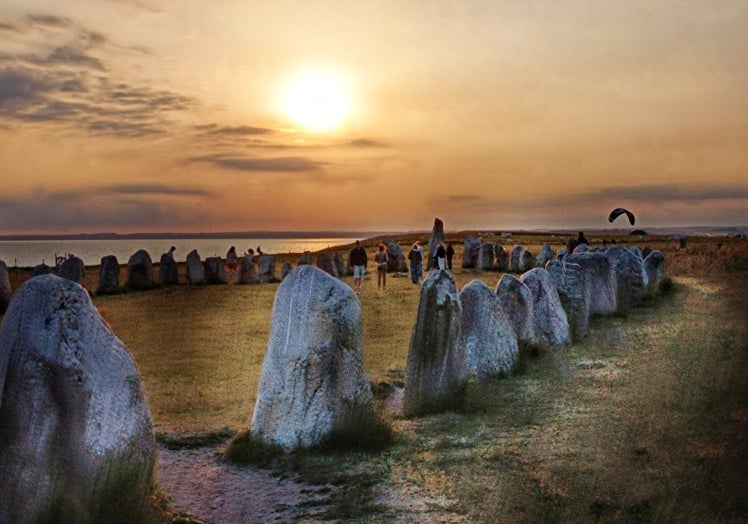
The place that impressed Seamus Heaney
Like the aforementioned English landmarks, Ales Stenar still raise many questions, which makes it even more mysterious. No wonder that this megalithic monument attracts not only tourists, but also people who observe ancient rituals during the summer solstice. There are always those who want to capture the picturesque moment of the most beautiful sunset with a magnificent view of the Baltic Sea as a backdrop.
The Irish Seamus Heaney, winner of the Nobel Prize for Literature in 1995, visited Ales Stenar in 1989, and wrote a poem
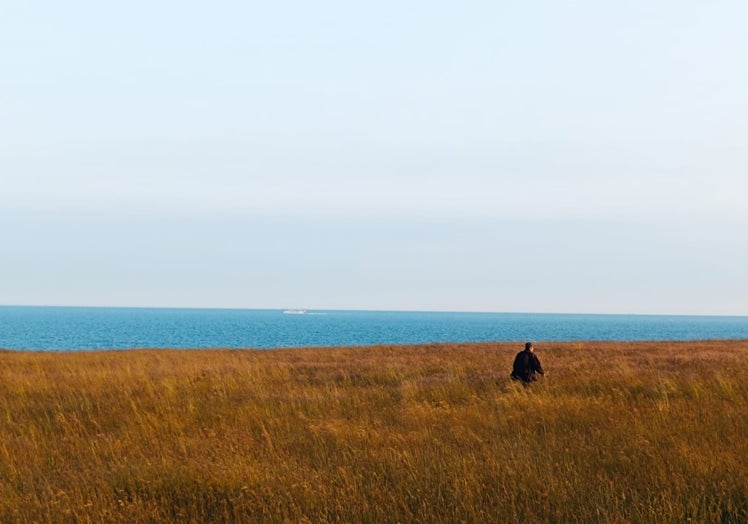
The natural beauty of the landscape has been also described by poets, including Seamus Heaney, laureate of the Nobel Prize for Literature in 1995. The Irish poet visited Ales Stenar in 1989, during the International Poetry Days in Malmö. However, his poem about the stones can only be found on the Internet in Swedish. After the Irish poet's death it was discovered that his Swedish translator Lars-Håkan Svensson had in his possession an unpublished poem written during a visit to Ales Stenar. Here is how Lars-Håkan Svensson describes how it came about: "When Seamus Heaney visited the International Poetry Days in Malmö in May 1989, he wrote a poem, which he gave to me. Much later I asked him why it had not been published in English and was astonished to learn that he had not kept his copy. I got his permission to publish the translation and sent him a copy of the original, but the poem has still not been printed in English."
